A mistake that I make often as a teacher (and I suspect other writing teachers make, too), is we don’t explain in enough detail one of our favorite exhortations: Writers must read a lot.
I don’t dig into it much because writing students are usually avid readers already. They’re the ones who stayed up way past their bedtimes as kids, to read just one more chapter. They’ve got at least two books on the go at all times. They complain their TBR list is too long. (They assume everyone knows TBR means “to be read.”)
But at Gotham’s recent Children’s Book Writers Conference, literary agent Samantha Fabien said something that made me sit up straight: “I encourage folks to do more forensic reading.”
“Obviously we’re all readers, but I don’t know that we always sit and read a page or a chapter and examine what it’s doing and how it’s doing it,” she said.
Before this, “forensic reading” to me meant teaching high school students to improve their reading comprehension and to read critically. I hadn’t thought of it as what we do when we read as writers.
Fabien made me realize, it’s not enough to tell writers to read more. We need to talk more specifically on what we’re doing when reading forensically, as opposed to when you’re reading for pleasure (which you should keep doing!).
For example, Fabien suggested pulling books off your own shelves or shelves at the library and reading just the first chapter (or two), and then asking yourself:
“What kind of voice am I getting? What’s the tone? How much do I know about this character? Why am I interested in reading more? Why am I not? Especially why am I not?”
It’s that snag in the brain — for good or ill — you’re seeking when reading forensically. You want to re-shelve the book before finishing the chapter, and you search for what triggered that impulse. You realize the author transported you from one idea to another so smoothly you barely noticed, so you hunt for their transition. You admire something, you get bored, you realize you’ve been enraptured, you feel a little manipulated and not in a fun way. Each time, you go back and look for the why.
But there’s another way to read as a writer, too, as novelist Matt Bell describes in his fabulous craft book Refuse to Be Done: You read to replenish your supply of inspiration.
“The bigger you make your art life, the more possibilities your imagination will generate,” Bell says. “You want as many possibilities floating around you as possible especially in the earliest and wildest stages of your draft.”
Reading as a writer is about more — more moves, more ideas, more inspiration, more permission, more grain to pour into that whirling mill of your mind. The more you take in, the more you create, and also, the more fun you will have, too.

Kelly Caldwell
Dean of Faculty


